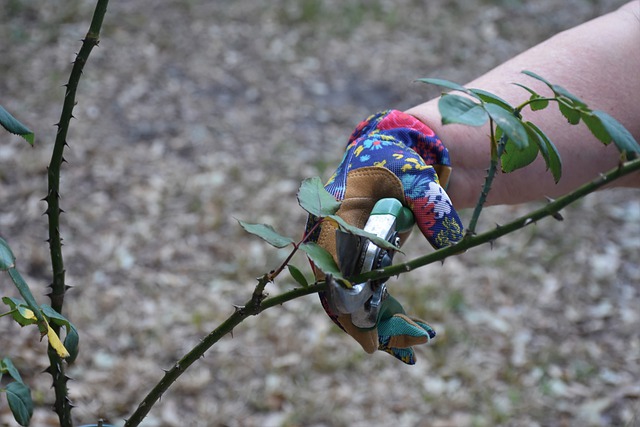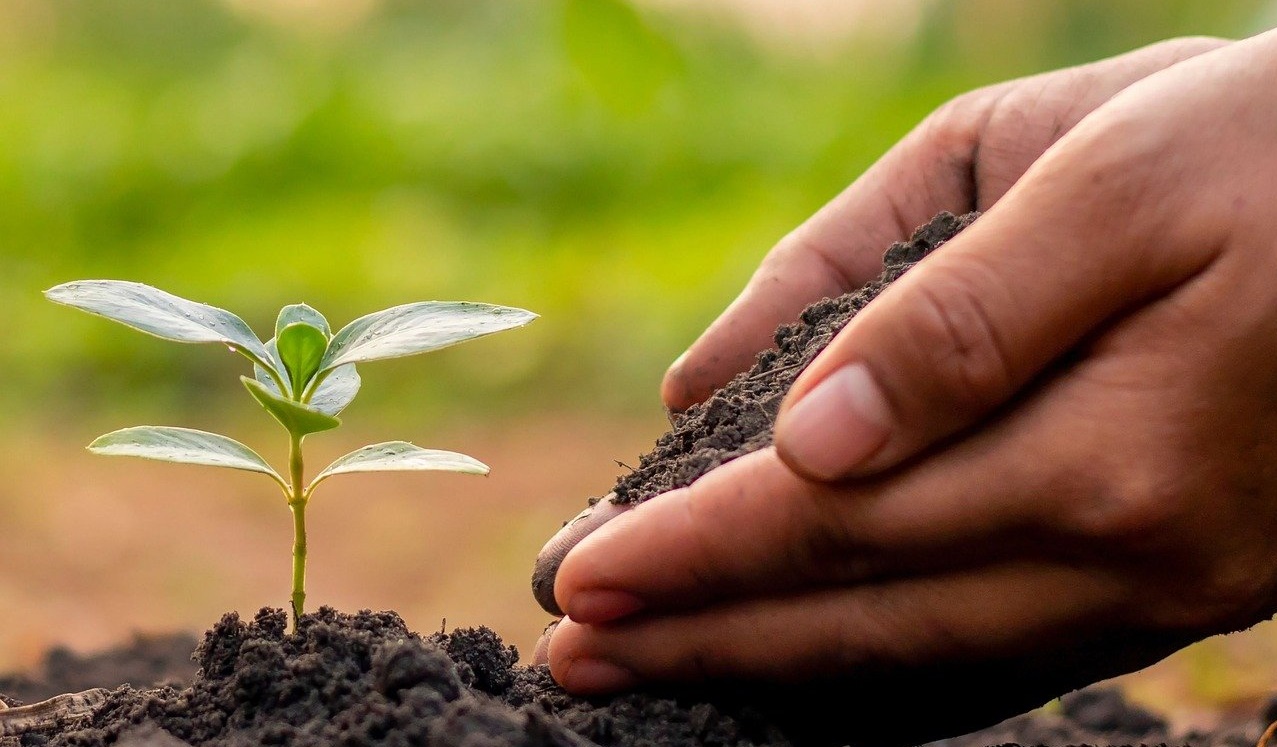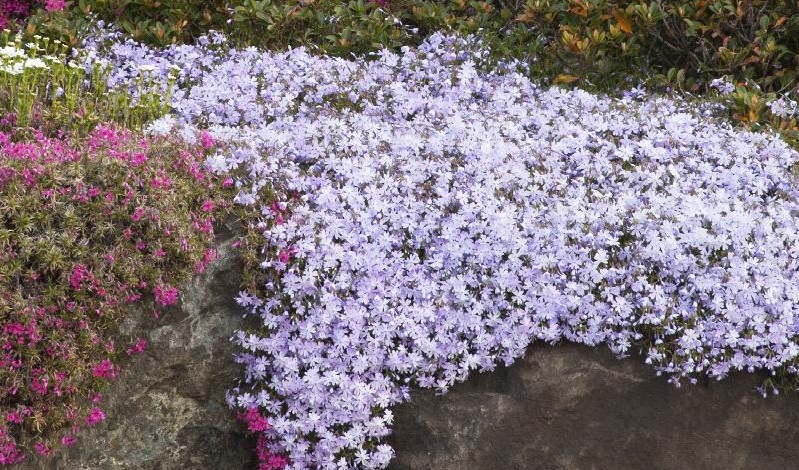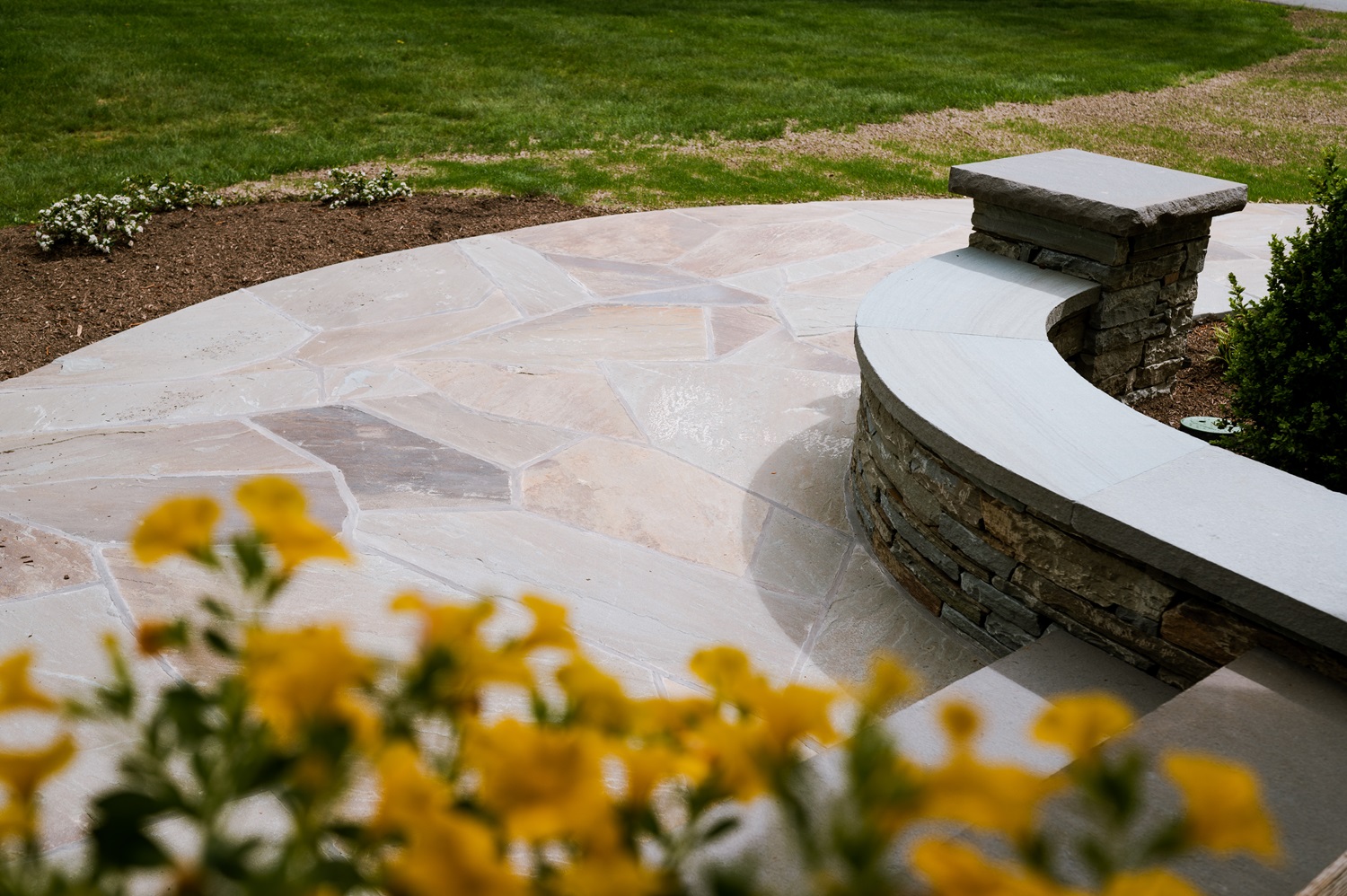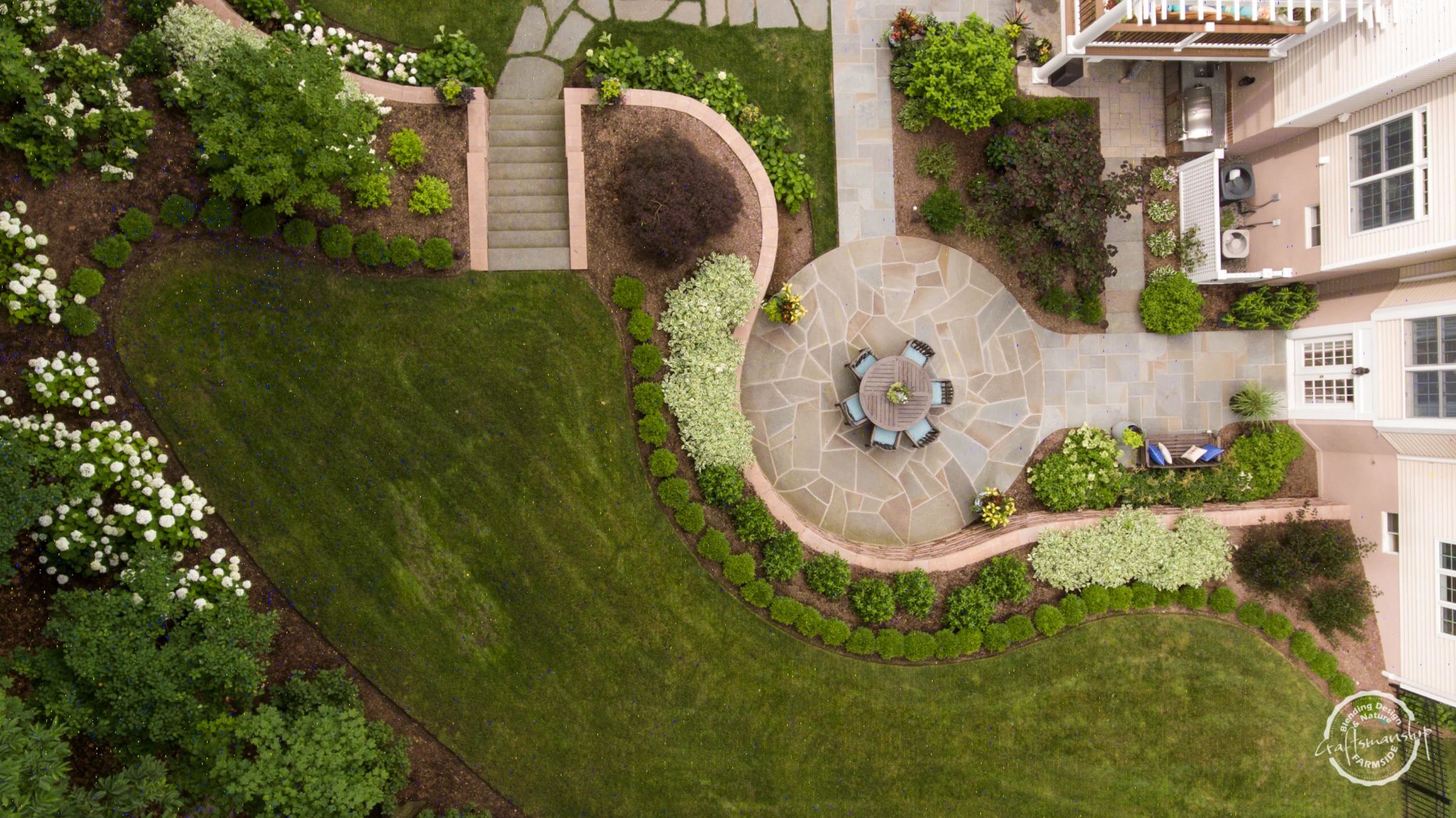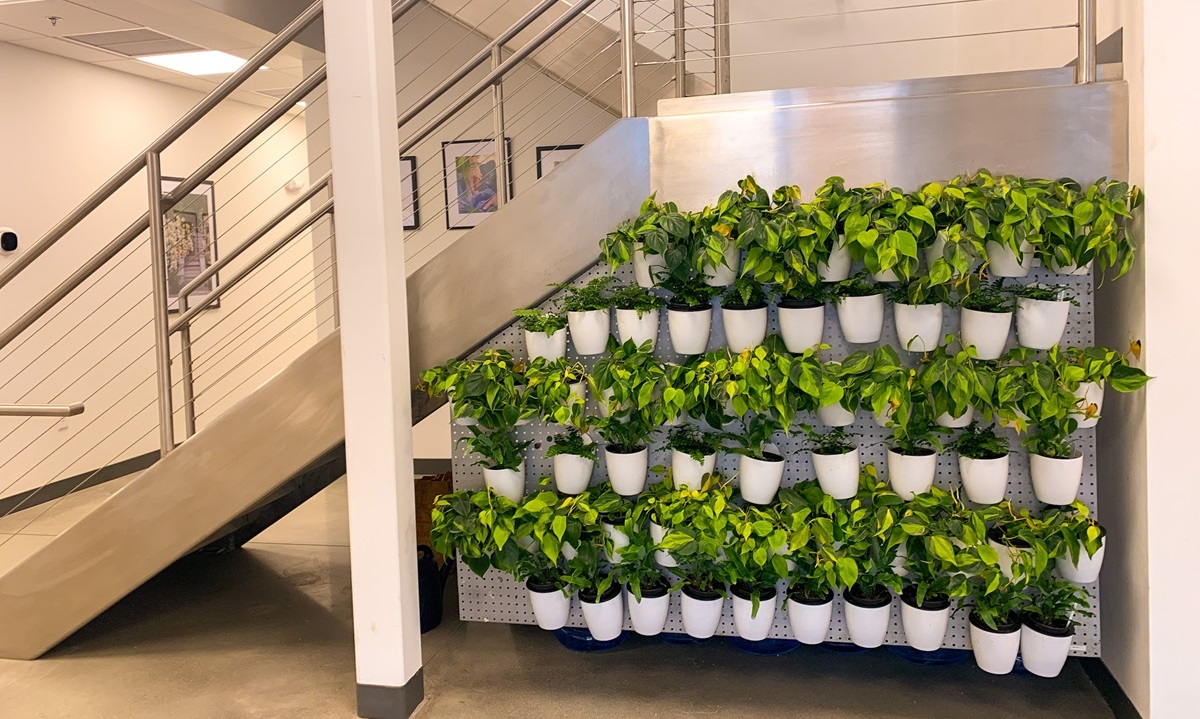Early spring is the best time to prune roses! It’s important to prune roses so that light and air can reach to the center of the shrub, which will help ward off fungus. Your rose bush is ready for pruning when the leaf buds begin to swell and take on a pinkish hue. Aim to start pruning before the buds break open. The goal will be to prune your roses so they have upward reaching branches in a “V” or vase-like shape. Be sure to clean and disinfect your garden shears before you begin to prune and give blades a quick wipe with isopropyl alcohol before you start on the next shrub to avoid any cross-contamination.
Pruning Tips Based on Rose Type
Roses that Bloom Once on Old Wood
Ramblers bloom only once each year, so they can be pruned right after flowering, back down to 2-3” of the cane’s base if you want to keep their size in check. Follow old wood down the cane to a location that looks green. Your cut should expose healthy white flesh. If you don’t see that, keep going lower in the stem until you see this. Regrowth is quick, so a hard pruning won’t affect next year’s blooms.
Roses that Bloom Once on New Wood
Modern roses like hybrid tea, grandiflora, and floribundas bloom best on the current season’s growth. You can do a robust pruning of 1/2 to 2/3 of the plant’s overall height in addition to removing old woody stems.
Repeat Bloomers
Shrub roses are repeat bloomers that flower on mature, but not old, wood. Aside from removing dead, diseased or dying canes, you can leave the shrubs unpruned during the first 2 years to increase vigor.
Climbers
Climbers may repeat bloom, so after an early pruning to remove post-winter damage/dead branches, prune again after flowering to keep the shrub’s size in check and well-shaped.
General Rose Bush Pruning Tips
- Start from the ground up – begin by removing any remaining dead leaves. This will help you see the structure of the shrub as well as remove any pests or disease that may have remained on the leaf litter.
- Prune dead branches down to their bases.
- Next, start to open up the plant’s center by trimming away branches that are growing in towards the center and those that cross over one another since friction caused by the branches rubbing together can cause damage and encourage disease.
- Your next step will be to prune away any thin, weak growth. A standard rule of thumb is to trim away branches that are thinner than the width of a pencil.
- Remove suckers below the graft. A sucker is any new vertical growth extending from the main canes. These can also pop out of the ground next to the shrub. Trim these to the ground or below the spot where the main branches fuse.
- Finally, prune the remaining canes by cutting 1/4” to 1/2” above an outward-facing bud eye (a small bump found where a leaf would meet the stem). New stems grow in the direction of the bud, so you want to encourage new growth that goes outward, not inward. Cut at a 45-degree angle sloping away from the bud, so water easily runs off. Leave three to five healthy canes evenly spaced around the plant, cut at various lengths, to encourage continuous blooming.
- To help protect freshly cut rose canes from rot and rose borers, you can use a pruning sealer to help seal fresh cuts or a dab of white glue.
- Be sure to clean up your pruning litter (dead leaves, trimmed branches) once you’re done to help keep pests and diseases at bay. Sterilize the garden tools you’ve just used with a wipe of isopropyl alcohol before you start to prune your next rose bush to avoid possible cross-contamination.
- Roses are big feeders, so after you’re done pruning use a good, time-released fertilizer to keep your plants healthy and blooming.
- Reminder: remove any weeds you see in the garden now before they go to seed. Spring is often the optimal time to disrupt a weed’s life cycle.
